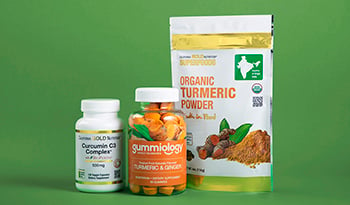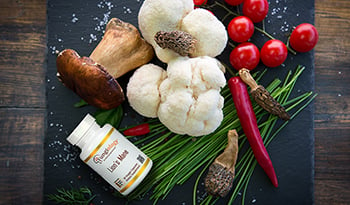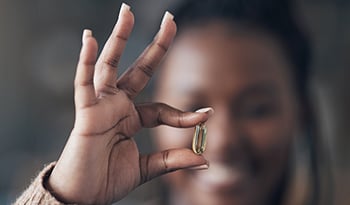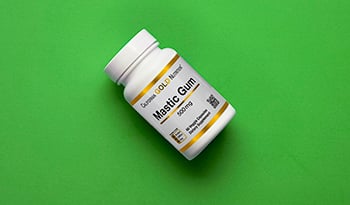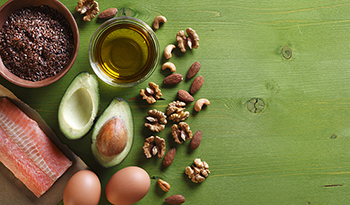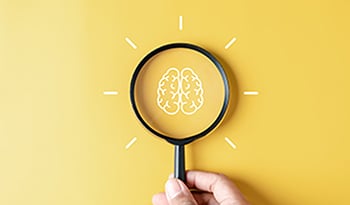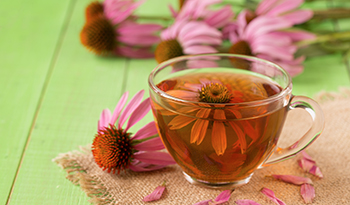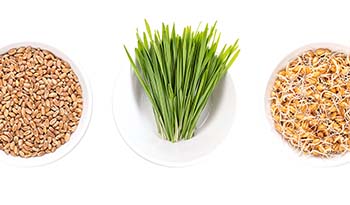Flower Essences: Uses and Benefits
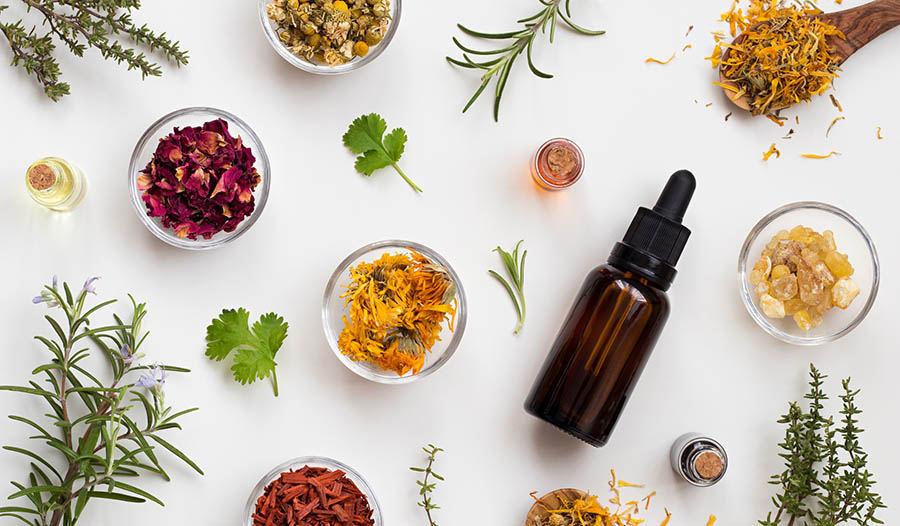
Flower essences, also called flower remedies, are infusions made from the flowering part of a plant. Users of flower essences as a holistic treatment seek to address the mental, emotional, and even spiritual aspects of wellness.
Sometimes the term flower essence can be confused with the term essential oil. However, these two health modalities are in fact quite different from each other. Unlike essential oils, flower essences are odorless. While essential oils contain physical substances extracted from plants, there are no physical plant materials in flower essences.
In their pure form, flower essences are made primarily of water. In a process known as the “sun method,” flowers are placed in water and left to infuse in the sun. Another method involves boiling the flowers in water. After discarding the flowers, the liquid is diluted and bottled with a preservative (often alcohol like brandy or vodka).
When using a flower essence, the purpose is not to ingest or absorb an extract of the actual plant to benefit from its phytochemical compounds. Flower essence proponents believe that all living things possess their own energy (also called frequency or vibration). The specific energy of each flower is imprinted within the diluted liquid. The user of a flower essence benefits by absorbing that energy. Thus, flower essences act energetically, not biochemically.
Flower essences were developed by English physician Edward Bach in the early 20th century. Bach, who turned to the study of homeopathy after recovering from grave illness, proposed and researched the concept that each plant has a signature vibrational energy pattern that can be isolated and used to help improve specific emotional states. While Bach may have been the first to make flower essences commercially available, the concept is likely much older. It is believed that the indigenous people of North America once collected dewdrops off flowers and utilized them as medicine.
Contrary to popular belief, while they are highly diluted like many homeopathic remedies, flower essences are not homeopathic. The defining principle of homeopathy is that “like cures like.” The use of flower essences, however, relies on the concept that the positive energy of a plant can relieve a negative emotional state.
How to Use
There are a few different methods of utilizing flower essences. You can take them orally straight from a dropper bottle. The standard dose is 4 drops, 4 times daily. Or, if you prefer, add all the drops to a glass of water and sip it throughout the day. Instead, you may choose to apply drops to your skin, add some to your bathwater, or spray them as a mist in your car. The flower essence simply needs to make contact with you.
Are They Safe and Effective?
As is often the case with holistic treatments, there is not a huge amount of published research on flower essences and their benefits. Funding for such research can be difficult to generate. Given that flower essences work at an emotional level and through the body’s energetic fields, it is also difficult to set up research studies using conventional methodologies.
But a lack of research should not be associated with a lack of effectiveness: there is a large amount of anecdotal evidence with many people reporting very good results from flower essences.
Furthermore, they can be considered non-toxic because they are highly diluted. There is no plant material in an essence, so there is little chance for an adverse reaction. The only risk may be for those who have an alcohol sensitivity since many essences contain brandy or vodka as a preservative. Also, people taking certain medications (like disulfiram or metronidazole) may experience nausea or vomiting because of the presence of alcohol.
Specific Benefits
Each flower essence is intended to help relieve a certain negative emotional state. The following are some of the most popular flower essences.
- Larch (Larix decidua) can provide a boost to self-confidence by addressing your fear of failure.
- Passion flower (Passiflora incarnata) may help with anxiety and insomnia, as many find it has a calming effect and report better sleep quality.
- Hibiscus (Hibiscus rosa-sinensis) supports sexual and reproductive energy.
- Slippery elm (Ulmus rubra) is used to provide relief of a sore throat and cough. Many find it has a healing effect for indigestion and provides some protective gastrointestinal benefits.
As long as you are getting good results and there is no harm, using flower essences makes sense. However, in the case of significant illness, they are not recommended as a sole therapeutic modality. It is best to use flower essences to enhance your well-being in a supportive manner, not to serve as a replacement for medical treatment.
DISCLAIMER:This Wellness Hub does not intend to provide diagnosis...













































































 Table of Contents
Table of Contents



